In Ancient Egypt, the word “Pharaoh” was applied to the Kings of Egypt who were said to be the “son of the sun-god”, in which the 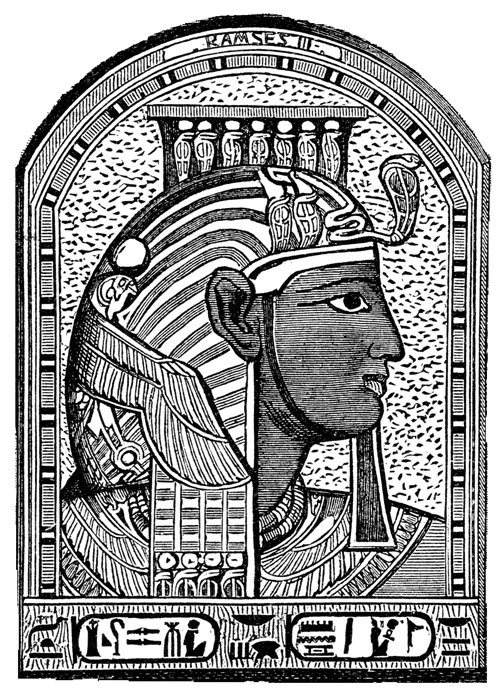 person of the living king also represented the god Horus. The Pharaoh is often called, “the guardian of justice, approved of the sun, the “son of the sun.”
person of the living king also represented the god Horus. The Pharaoh is often called, “the guardian of justice, approved of the sun, the “son of the sun.”
Josephus, the 1st century Roman-Jewish historian, in his Jewish Antiquities had written; “The title of Pharaoh was applied to the kings of Egypt, from Menes to the time of Solomon, but not afterwards and that the word is said to signify a king, in the Egyptian language.”
Recently, some scholars have put forth the theory that the word Pharaoh had meant ‘sun,’ but I disagree. The reason being, is because it is clear from Egyptian hieroglyphs and writings, that the Pharaoh is referred to as the “son of the sun.” Also during the period of time, the Kings of Egypt would be the reign of the various families who had mainly went by the title of ‘Ra.’
By the Fourth and Fifth Dynasty, the Pharaoh were referred to as the “Sons of Ra.” The name of Ra who was the offspring of the gods, subjugator of the world. These particular Pharaohs had worshiped the planet Jupiter in the form of a ram and often had the name appellation of ‘Ra’ to their royal names. During this period, the Pharaoh Kings and Princes of Egypt were styled “Joves,” and their queens called “Junones.” Jove is the ruler of the lower world or Jove, which is the king of the gods, the god of sky and thunder, and also another name for Jupiter.
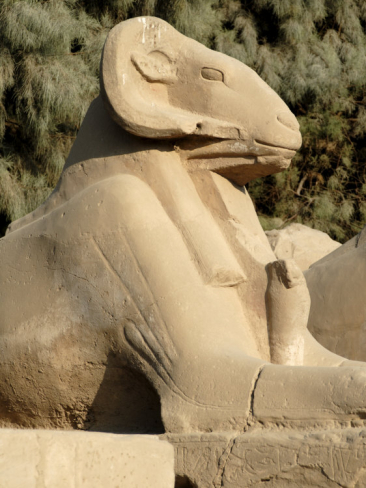 In the treaty between Ramses II and Hattusili III of Hatti the Hittite chief, they refer to Jupiter as “the lord of the heaven.” Jupiter was the king of the Gods and Osiris, in this genealogical account of the Kings, the son of Jupiter and Juno, said’ to be Bacchus. Jupiter is the cause of all human, animal or vegetable life.
In the treaty between Ramses II and Hattusili III of Hatti the Hittite chief, they refer to Jupiter as “the lord of the heaven.” Jupiter was the king of the Gods and Osiris, in this genealogical account of the Kings, the son of Jupiter and Juno, said’ to be Bacchus. Jupiter is the cause of all human, animal or vegetable life.
Jupiter’s sons are the light of the earth and thus given the title of “Son of the Sun.” During this time in ancient Egypt, and other parts of Africa, Jupiter and Amon, who later was merged into Jupiter-Amon, was worshiped under the figure of a ram. Their capital and temples of Egypt during the New Kingdom was at Thebes.
The word Thebes is derived from the word Theba, which signifies an Ark. Hence, we may as well call it, “The City of the Ark of the Covenant.”
“Praise to Amen-Ra, the good God beloved, the Ancient of Heavens, the oldest of the earth, Lord of Eternity, Maker Everlasting. He is the causer of pleasure and light, maker of grass for the cattle and of fruitful trees for man, causing the fish to live in the river and the birds to fill the air, lying awake when all men sleep to seek out the good of His creatures. We worship Thy Spirit who alone hast made us; we whom Thou hast made, thank Thee that Thou hast given us birth; we give Thee praises for Thy mercy to us.”—Book of the Dead.
Below are some images of these Pharaohs such as Seti, who was the son of Ramesses I and father to Ramesses II. Many of these Pharaohs were depicted wearing rams horns as a sign of royal authority, power, and dignity. Priestly Warrior Kings of Jupiter, that we today we simply call, Pharaohs.
Author Augustin Calmet had written about these Pharaohs in his book, “Dictionary of the Holy Bible;”
The mortal princes, who are said to have succeeded the gods, were denominated by the Egyptians, Pharaohs, or Pharaons; or, as Herodotus writes it, Pirums, Heb. njiD, ParOh. He saw colossal statues of them, and their contemporary high-priests, in the spacious temple at Thebes, where the priests informed him, “that each of those colossal figures was a Pirumis, descended from a Pirumis; and further asserted, that this had uniformly occurred to the number of 341, in which series there was neither a god nor a hero.” He further remarks, that Pirumis, in the Egyptian language, is expressive of dignity and excellence (Kuioxvyudla); it seems, therefore, analogous to the title of Augustus, conferred by the Roman senate on Octavius Caesar, and retained by bis successors in the empire.
Seti I
Ramesses III
Alexander the Great in 333 B.C. Coin – The ancient city of Damascus fell into the hands of Alexander the Great in this same year. From this point afterwards, Damascus was under the rule of the Ptolemies and the Seleucidae. Their mint-symbol is a ram.
And the denarius of Augustus Caesar, where he is labeled also as the Pontiff, or who we would call today the Pope. “So give back to Caesar what is Caesar’s, and to God what is God’s.”
The sun has been said to give birth to the planets in our solar system. This theory must have been known to the Ancient Egyptians, and their successors, the Greco-Egyptians and Roman-Greco-Egyptians, because after all, these people had given birth to our current world. It has long been known that they had honored the entire universe of the AS ABOVE. As I mentioned above, in the treaty between Ramses II and Hattusili III of Hatti, they refer to Jupiter as “the lord of the heaven.” They had also declared the planet Jupiter as the “son of the sun” since it was birthed from the son. The Egyptian Kings and Princes would be the SO BELOW representatives of the planet Jupiter and this is why they were called Pharaohs or the “son of the sun.”
SOURCES:
1. Dictionary of the Holy Bible – Page 742
2. The Freemasons’ quarterly (magazine and) review [afterw.] By Freemasons’ magazine

Moe is the founder of GnosticWarrior.com. He is a father, husband, author, martial arts black belt, and an expert in Gnosticism, the occult, and esotericism.

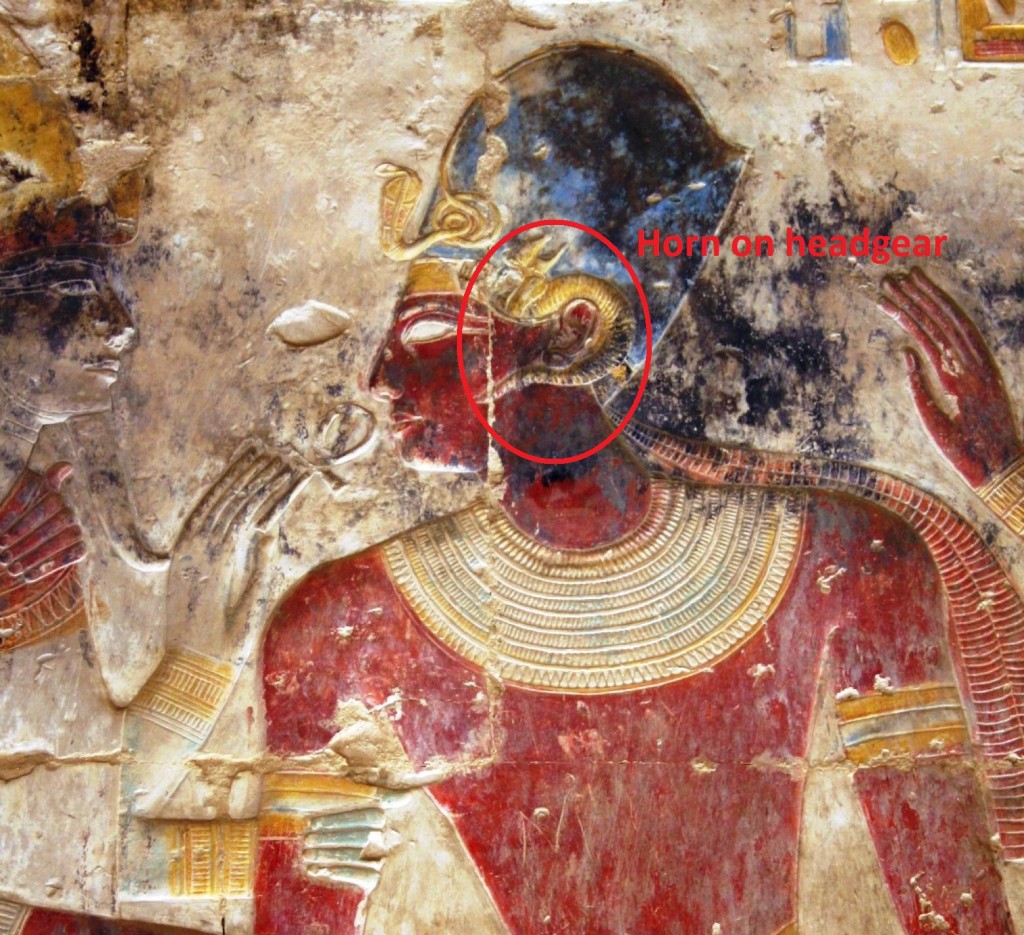
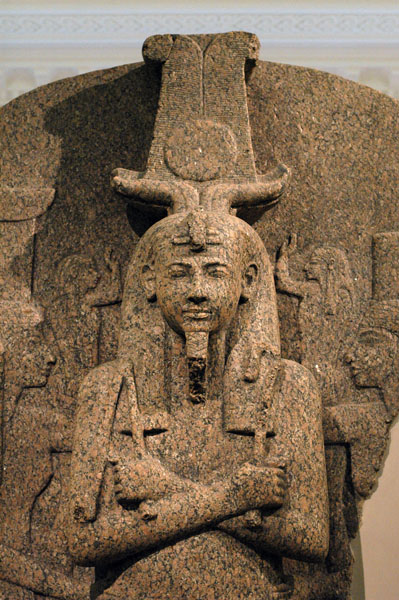
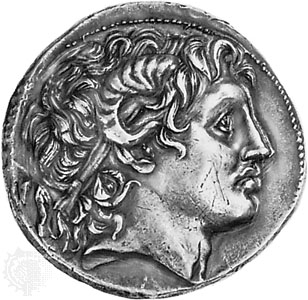
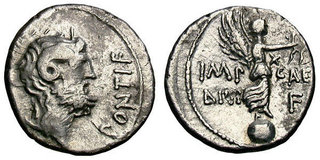

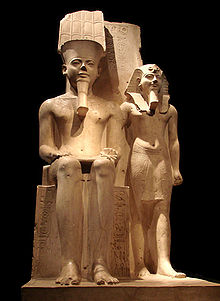
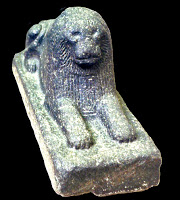
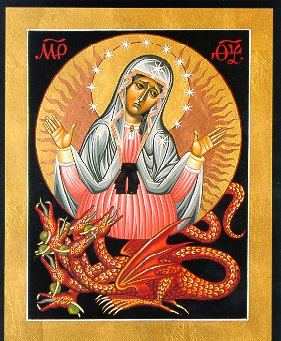

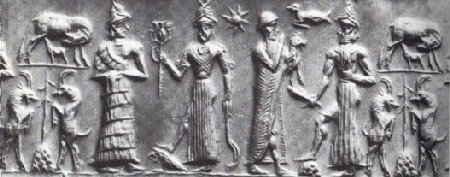
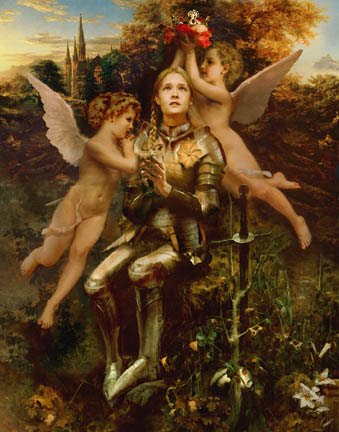
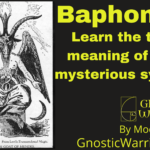
It is always intentionally omitted by the official corrupted historians, that actually the very first Pharaon was a female one, named- Hutsetsup. She was a true genius ruler who has created the entire FIRST civilization where peace, harmony and prosperity was a norm. Then men have erased her name from the historical annals, and everything that she has created ( temples, courts, arts, science, monuments and much more)was destroyed in order to erase the very memory about her, as the FIRST PHARAON ON EARTH, CREATOR OF THE VERY FIRST UNIQUE CIVILIZATION. Since then, the world has fallen into darkness of the male silly pursuit of power, wealth,obidience of others through silly domination, aggression , violence and debauchery.
Wish to learn as much as possible about her- THE CREATOR, THE FIRST PHARAON. THE LADY. THE GENIUS. THE FIRST in everything on EARTH….
It is the sun.
Ra = Radius = Radiate = Radiance = Ray
Many people study one or two fields and they seems to give a quick explanation to public confidently even though they didn’t understand the signifance. They can’t see the dots and connect with the universal truth and understanding. That is why there are thousands of argument because when a group of people have been trained to see or be expert in one field and they ignore the rest which they don’t research and study. Only what they have learned and researched seems to be correct.
Research in various fields from physics, Egyptology, Greek culture, Hebrew language, ancient studies, learn multiple languages, eastern constellation, natural medicine, pharmacology, law, environmental studies, physics of light and vibration, historical research as whole unit instead of selective parts, organic nutrition, the absorption of nutrients, photosynthesis, astronomy, the 5 organs, and 5 senses, pineal gland, Anatares, Pleiades, Ley lines, wu-xing, Precession of the Equinoxes, frequencies, Cytochrome, PKC, Tnf-alpha, Walter russell, animals kingdom & their journey, torus, infrared, Anti-Angiogenesis, cancer and most of all, plenty of love and patience in learning. Many claim they know and heard of it, but they don’t study at all and they miss the point. Connect the dots and you will see the light. I have no time to argue. I am just pointing out. It is the Sun.
PS: Ram horns were significantly used in that period for artwork, festival and celebration because it was the age of Aries, the Ram, before Pisces. For example, the Hebrews blew the Ram’s horn to mark the beginning of the year. Again, connect the dots and you will see the light.